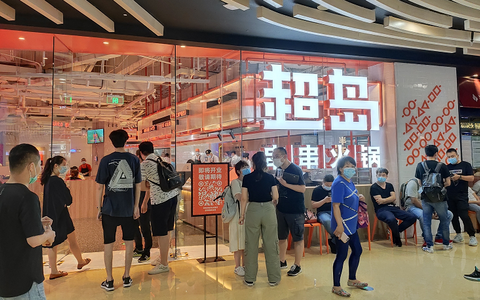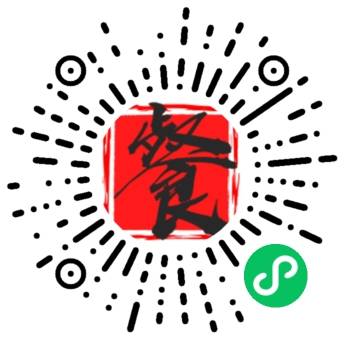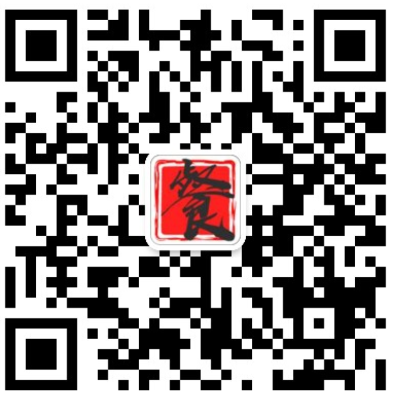▲Reply number “3” to join in F&B WeChat Group
Source: Forbes – Out of Asia
Author: Mark Tanner
Chinese customers select goods at supermarket in Qingdao, east China’s Shandong province on September 9, 2016
Source: STR/AFP/Getty Images
In 2008, six Chinese babies died and 300,000 fell ill or were hospitalized following a milk scandal involving 22 Chinese infant formula producers. The producers added the chemical melamine to their products to give the impression of higher protein content. Although consumer trends evolve faster in China than in any other market, the incident still looms large over Chinese consumers almost a decade later.
Melamine and a string of subsequent scandals have cemented an inherent lack of trust in many domestic food and beverage products, providing natural advantage for imported products from lands with enforced regulations and transparent supply chains. Every piece of research conducted into perceptions of dairy – and there are many – highlights distinct preference for foreign milk. Yet even with that in mind,imported dairy sells for 38% less per liter online than Chinese-branded milk. This extraordinary fact is common across many food and beverage categories where foreign brands selling beautiful and aspirational products are being outsmarted by local brands selling less-trusted and usually inferior alternatives at a greater price, simply by better servicing Chinese consumer needs.
Understanding Chinese Consumer Lifestyle Needs
Most foreign dairy brands’ hero product in China is a one liter Tetra Pak of plain milk. These brands account for 98% of all 1 liter milk and 70% of all plain milk sold online. Yet most Chinese consumers don’t fancy bricks of milk in their fridge. They are prepared to pay more for smaller packaging that seems fresher and oxidation-free when opened, and is also more convenient. Chinese brands account for over two thirds of all dairy products sold online under a liter according to Alibaba and JD sales data. Chinese brands also dominate value-added products targeting specific segments’ needs such as children, fitness and elderly.
Baby formula being returned to supermarket in Wuhan in central China’s Hubei province after the Fonterra milk botulism scare broke out in 2013.
Source: STR/AFP/Getty Images
Playing to China’s Distinct Emotional Cues
Local brandThree Squirrels is the pin-up kid in China’s snacking segment. Launching in 2012, it took just 65 days to become the top nut seller on Thailand, today it’s China’s best-selling food brand online. It has achieved this all while charging a premium above most of its competitors.
Three Squirrels plays to Chinese consumers’ love of cute furry animals by cleverly incorporating its cartoon mascots into everything it does, from branding to customer service. Images and videos of the squirrels attract engagement rates far beyond most of its competitors online. It has created an army of advocates who earn social credit filling their WeChat feeds with images of their mascots, selfies with their products and even positive experiences with customer care. Three Squirrels also transforms consumption into an experience providing nutcrackers and a suite of other add-ons.
Localization at a Local Level
12 Chinese cities now have a GDP higher than 1 trillion yuan($147billion). That is more than Cambodia, Myanmar, Estonia and Uganda’s combined. Most brands localize when entering those countries, yet many just take a generic approach across China. Tastes, climate, lifestyles and even emotional cues vary vastly from one city to another – local brands usually recognize this by incorporating regional components into their marketing mix and distribution strategies.
Digital Savvy
Many foreign players believe an online strategy is pushing out weekly content on a WeChat account, a desktop-first website and a static e-commerce page. Local brands on the other hand have embraced Chinese consumers’ obsession with interactive and entertaining transactional content, optimizing it for mobiles both online and offline.
Yet among the crowded supermarket shelves and smartphone screens, there are examples of Western brands creating propositions that really appeal to the contemporary Chinese consumer needs. New Zealand-based Rocket sells sweet, vivid red apples that are smaller than usual, proving particularly popular for Chinese moms who want safe, healthy imported snacks that fit in their precious child’s hand. The apples are packed in convenient tube so they can be stored upright in small Chinese fridges. Recitals sell at 3-4 times the price of loose conventional apples and has seen sales grow 300% over three years in China.
A vendor (R) sells apples to a customer (L)at a market in Beijing on April 7, 2017.
Source:NICOLAS ASFOURI/AFP/Getty Images
“Whilst our product resonates with our Chinese target market today, we appreciate that preferences shift rapidly in China and we are continually investing in understanding trends and consumer needs to ensure our products, packaging and positioning remain optimized for the market, as well as our new product development.” Skyrocket CEO, Austin Mortimer said.
Like Rocket Apples, those foreign brands who understand the ever-shifting preferences in China can capitalize on their trust advantage to gain a worthy share of China’s trillion-dollar food and beverage market.
Tips:
*This articleis authorized byMark Tanner.
* Source:Forbes – Out of Asia, the original title isFour Reasons Why China’s Local Brands Are Outsmarting Foreign Food Companies
*Have brilliant ideas or articles to contribute? Feel free to contact Mote Chan (WeChat ID: motechenfbif)
/ Read More/ Emerging Markets Overtake Developed in FMCG Spend The Future of Branding Is Debranding Probiotic Beverages in China: an Overview of Market /WeChat Groups / Add Mote Chan (ID: motechenfbif)to join inCEO, CMO, Chief R&D Officer, Functional Foods,FSMP,Infant Food, Dairy, Alcohol,Catering,Beverage,Snacks, Marketing,Dairy,R&D,Packaging,Design,etc. WeChat groups(Group members include seniors from Nestle, Coca-Cola, PepsiCo, AB-InBev, Yili, Mengniu, Master Kong and Nongfu Spring etc.) ▲follow us and”Sticky On Top“
原創文章,作者:網絡轉載,如若轉載,請注明出處:http://www.kmwhg.com/188318.html















